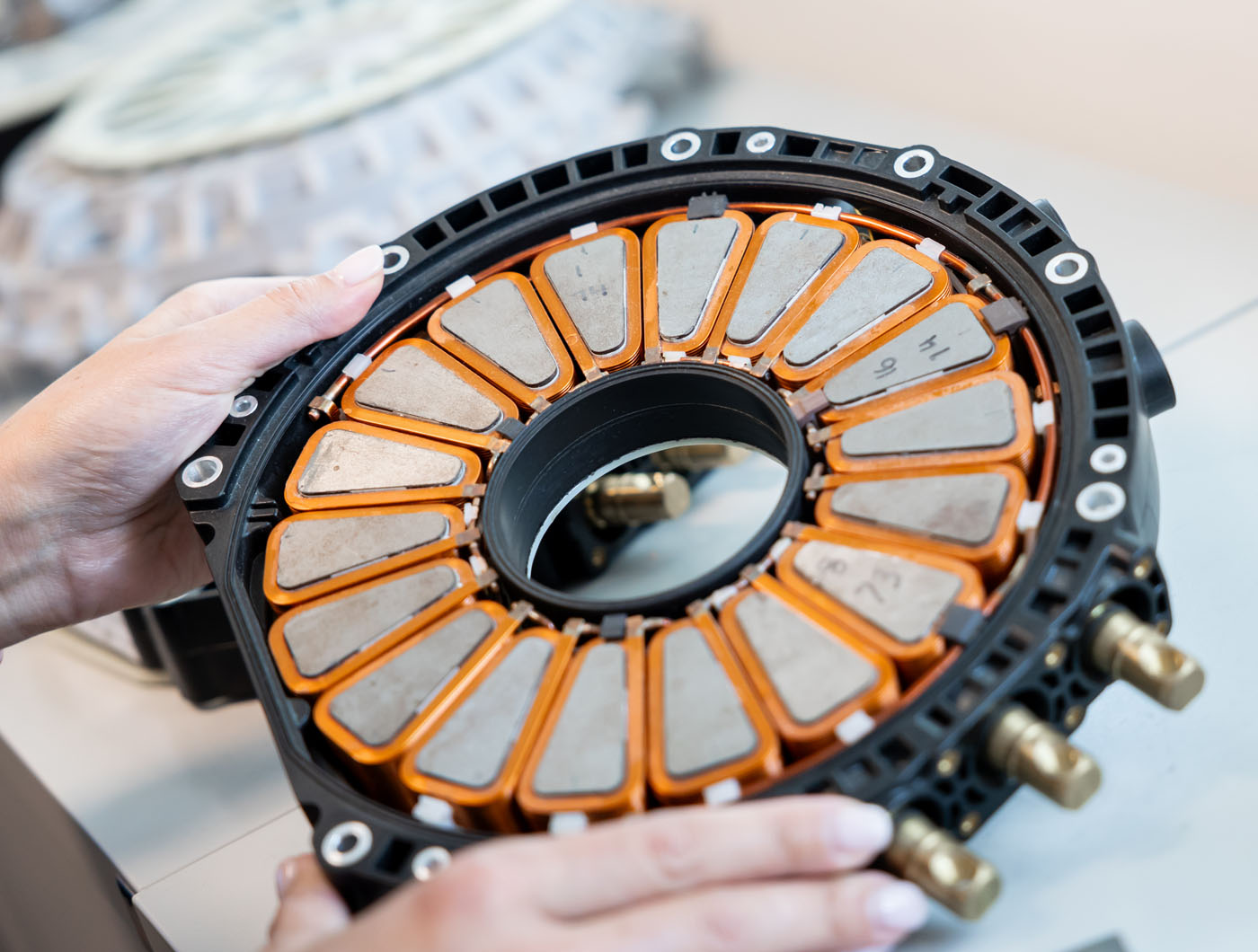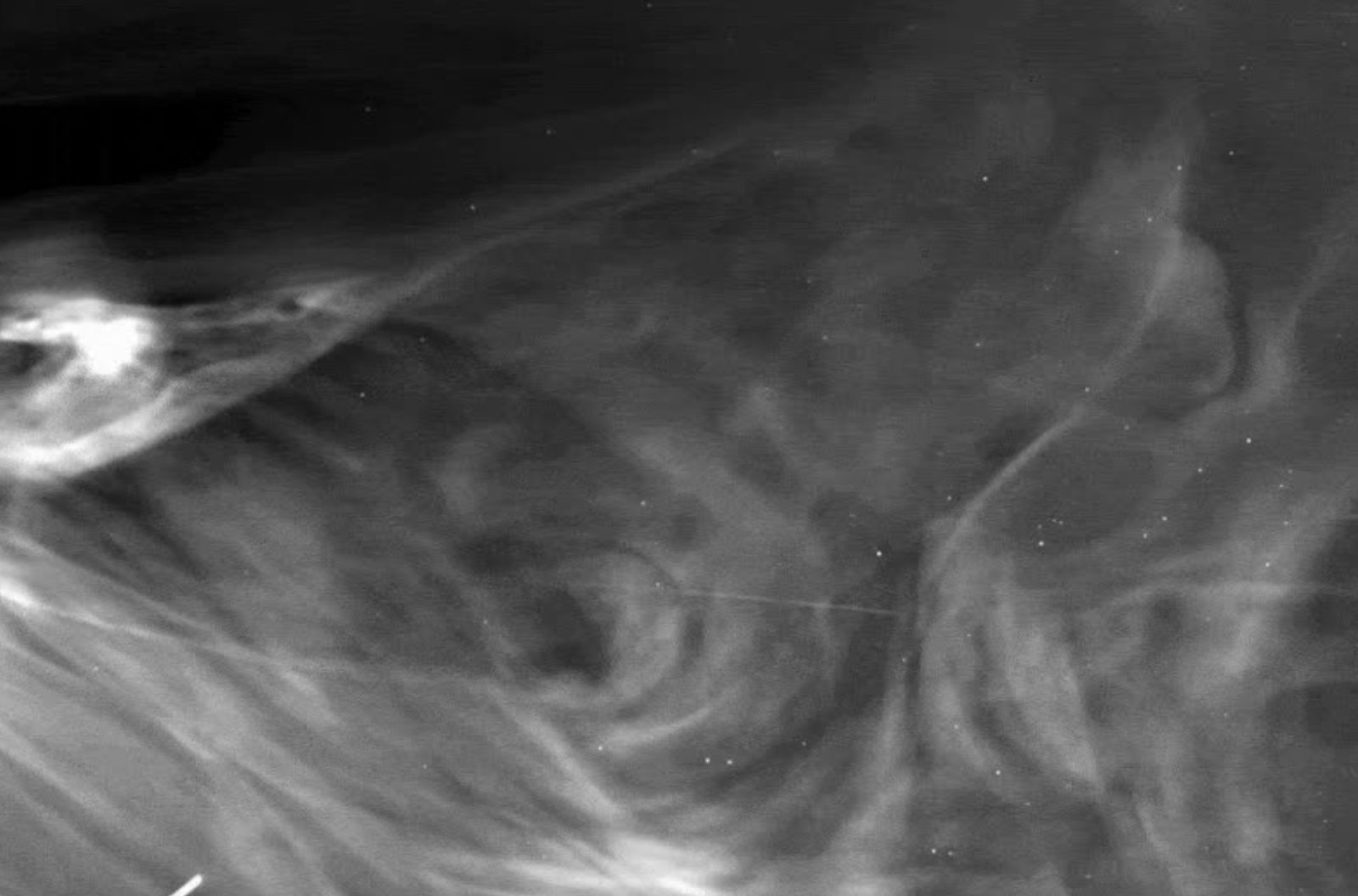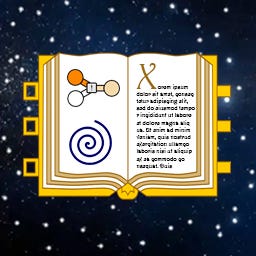
A leap toward lighter, sleeker mixed reality displays
“In the future, most virtual reality displays will be holographic,” said Gordon Wetzstein, a professor of electrical engineering at Stanford University, holding his lab’s latest project: a virtual reality display that is not much larger than a pair of regular eyeglasses. “Holography offers capabilities that we can’t get with any other type of display in a package that is much smaller than anything on the market today.”
Holography is a Nobel Prize-winning 3D display technique that uses both the intensity of light reflecting from an object, as with a traditional photograph, and the phase of the light (the way the waves synchronize), to produce a hologram, a highly realistic three-dimensional image of the original object.
Wetzstein’s latest holographic display, detailed in a new paper in Nature Photonics, moves the field toward a new age of lightweight, immersive, and perceptually realistic mixed reality glasses – glasses that project life-like three-dimensional moving images onto the wearer’s real-world view. From lens to screen, the display is just 3 millimeters thick. Such a tool could transform education, entertainment, virtual travel, communication, and other fields, the researchers said.
Holograms, Wetzstein said, provide a more visually satisfying, more realistic 3D visual experience than current stereoscopic approaches based on stereoscopic LED technology. And they come in a form that looks nothing like the bulky VR headsets of today. But, he acknowledges, it’s not easy to achieve.















